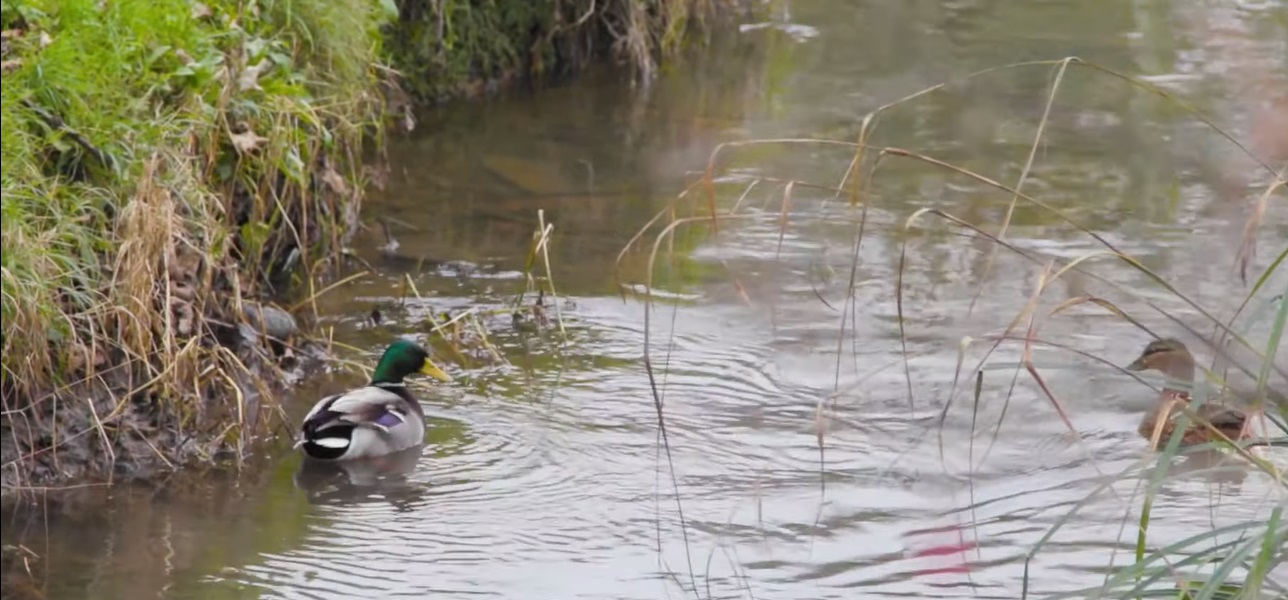Are there really Pfas in the water of Lombardy? And what are they?

In the Lombard aqueducts a cocktail of chemicals potentially harmful to health? Greenpeace has obtained the results of analyzes made by managers and health authorities. Here's what Arpa's studies say
According to Greenpeace Italy, in Lombard waters intended for human consumption, poly and perfluoroalkyl compounds can be found, artificial chemical substances, highly persistent and associated with numerous health problems, including some forms of cancer. These are the results of a survey that collected the results of 4,000 samples analyzed by the responsible bodies between 2018 and 2022 and which demonstrates that around 19% of the total (equal to 738 samples) tested positive for the presence of PFAS. Here is the list of interested Municipalities .
WHAT ARE PFAS?
PFAS, explained by Arpav , the Veneto Environmental Protection Agency, are compounds which, since the 1950s, have spread all over the world, used to make fabrics resistant to fats and water. paper, coatings for food containers but also for the production of photographic film, fire-fighting foams, household cleaners.
However, their properties and chemical characteristics have negative consequences on the environment and due to their persistence and mobility, these compounds have been found in significant concentrations in ecosystems and living organisms. That is why it is not good news to find particles of it in aqueducts.
THE STUDIES OF HARP IN LOMBARDY
On 9 November 2022, the report on the monitoring activities of perfluoroalkyl substances (PFAS) carried out by the Agency in 2020-2021 was published on the Arpa Lombardia website. According to the related materials, this is the continuation of the monitoring started in 2018 and aimed at determining the current state and the temporal evolution of the presence of PFAS in surface and groundwater bodies of our region. At the same time, the report introduces an initial cognitive framework on the presence of these substances in the discharges of wastewater treatment plants, to evaluate their potential sources of pressure and the consequent impacts on river water bodies.
WHO PRODUCES PFAS IN ITALY?
Given that there are no PFAS production plants in Lombardy and that the only production in Italy that is still active is at the Solvay plant in Spinetta Marengo (Alessandria), as explained by Arpa, the evaluations conducted indicate a high diffusion of use of these substances, such as to make it almost impossible to trace all the sources of release.
WHERE ARE THEY PRESENT?
PFAS are present in various products used in industrial cycles, frequently in concentrations such as to not even require their indication in the safety data sheet or technical data sheet. Therefore, they explain from Arpa, it is not always possible to attribute the presence of the same in the discharges of urban waste water treatment plants to specific sources. Starting from 2019, an attempt has been made to focus attention on the sources of release considered to be the most significant: the treatment plants for landfill leachate and other liquid waste.
LOMBARD PHOTOGRAPHY
In Lombardy there are 22 liquid waste treatment plants equipped with integrated environmental authorization. It was therefore decided to accompany the already scheduled ordinary inspections with the sampling and analysis of leachates and the most significant piezometers of the landfill monitoring network . The samplings carried out showed the presence of PFAS in landfill leachates (MSW, special and, even if in decidedly smaller quantities, inerts) in variable but certainly significant concentrations (between a few hundred and a few hundred thousand ng/l) .
The contamination of the piezometers appears more contained and does not refer to the presence of PFOS and PFOA. It is worth recalling that the recent European legislation on waste treatment plants (Commission Implementing Decision (EU) 2018/1147 of 10 August 2018 which establishes conclusions on the best available techniques (BAT) for waste treatment, pursuant to Directive 2010/75/EU of the European Parliament and of the Council [notified under number C(2018) 5070]) requires only the monitoring of PFOS and PFOA in waste treatment plant discharges.
The regional legislation (DGR 3398 of 20/7/2020) has increased the number of PFAS to be searched to 12. The monitoring obligation starts from the date of adaptation set forth in the review authorization measures and, in any case, no later than the deadline provided for by the Decision (August 2022).
With regard to wastewater from purification, the Report "Emerging pollutants – Framework of knowledge on the presence, containment technologies and the state of research on micropollutants and microplastics in the Lombard aquatic sectors", prepared in 2020 by the Working Group on MIE ( emerging microcontaminants)8 born within the Lombardy Energy Cleantech Cluster (LE2C), and in which ARPA Lombardia also participated, also includes a chapter on the presence of PFAS in purification waste: the analysis involved 17 samples taken from purifiers with of authorized treatment > 50,000 population equivalent and, although no significant concentrations were found, the proposal of the working group is to continue to deepen the study on urban wastewater both in the case of PFAS but also, for example, drug residues.
THE WASTEWATER INVESTIGATION
In 2021, Arpa Lombardia launched an ad hoc survey on discharges from urban waste water purifiers, providing for the carrying out of two monitoring campaigns in 25 plants selected according to a criterion of uniform distribution on the regional territory as well as on the basis of the treatment potential and the presence of industrial districts in the basins associated with the plants.
This is a machine translation from Italian language of a post published on Start Magazine at the URL https://www.startmag.it/sanita/nellacqua-della-lombardia-ci-sono-davvero-i-pfas-e-cosa-sono/ on Thu, 18 May 2023 13:04:06 +0000.
